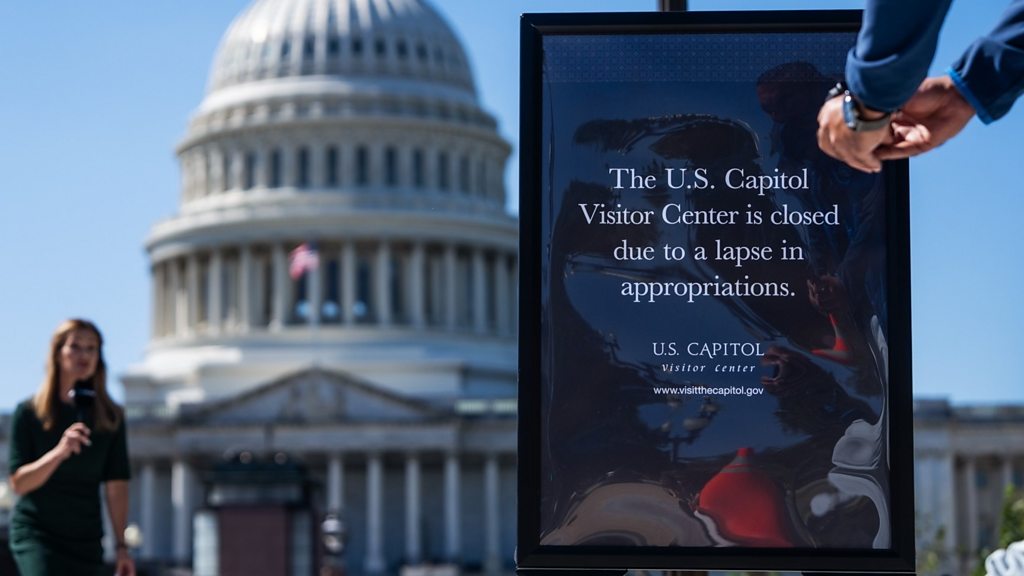Past midnight on October 1, 2025, the United States entered its first federal government shutdown since 2019 after Congress failed to pass funding legislation for the new fiscal year. The shutdown reflects a sharp partisan divide: Republicans pushed for a “clean” continuing resolution to keep government operations funded until mid-November, while Democrats refused support unless healthcare subsidies—especially those linked to the Affordable Care Act—were preserved and Medicaid cuts reversed.
As a result of the political stalemate, hundreds of thousands of federal employees have been furloughed, and many non-essential government operations have ground to a halt. Agencies such as the EPA, the Departments of Education and Commerce, and other domestic services have seen major staff suspensions. Meanwhile, essential functions including border security, law enforcement, and parts of the Transportation Security Administration and FAA remain operational—but with employees working without pay and many supporting functions curtailed.
Several major programs are already under strain. The WIC (Women, Infants, and Children) food assistance program, which serves over 6 million low-income women and children, is operating on a limited contingency fund that is expected to be exhausted in one to two weeks unless federal support is restored. Rural air service subsidies via the Essential Air Service program are set to expire imminently, potentially cutting off transportation links to remote communities.
Economically, the shutdown is already costly and threatens to worsen. The White House projects a potential loss of up to $15 billion in GDP per week if the shutdown continues, along with job losses and reduced consumer spending. The Congressional Budget Office estimates that up to 750,000 federal workers could be furloughed as part of this shutdown, reducing wages and affecting local economies.
On Capitol Hill, neither side has yet backed down. Senate Democrats have rejected multiple Republican proposals to reopen the government without restoring healthcare subsidies, demanding that any resolution address what they view as essential protections for millions of Americans. Republicans, in turn, argue that extending such subsidies would massively increase federal spending and oppose negotiating those policy issues during a shutdown. Both sides have blamed each other for the shutdown, with lawmakers and political figures being embroiled in petty political fights over social media. The House of Representatives is on vacation for the whole week, putting pressure on the Senate for now to decide a funding bill that would reopen the government.
As of now, there seems to be no agreement in sight. With the shutdown now marking its sixth day and Congress being nowhere near agreement, many analysts warn that unless lawmakers reach a compromise soon, the disruptions to federal services, economic growth, and public welfare could deepen.
Emil Ordonez, a rising college freshman, is the founder and editor-in-chief of Polinsights. He has been deeply passionate about politics and history since learning every U.S. President at the age of five. He was compelled to start this blog after meeting many people who were misinformed or had become apathetic about how society worked. He hopes to provide factual knowledge and insights that will encourage people, especially the young, to get more engaged in their respective communities. In his free time, he edits for Wikipedia and makes maps for elections. He aspires to work in Congress or even the White House in the future.


Leave a Reply